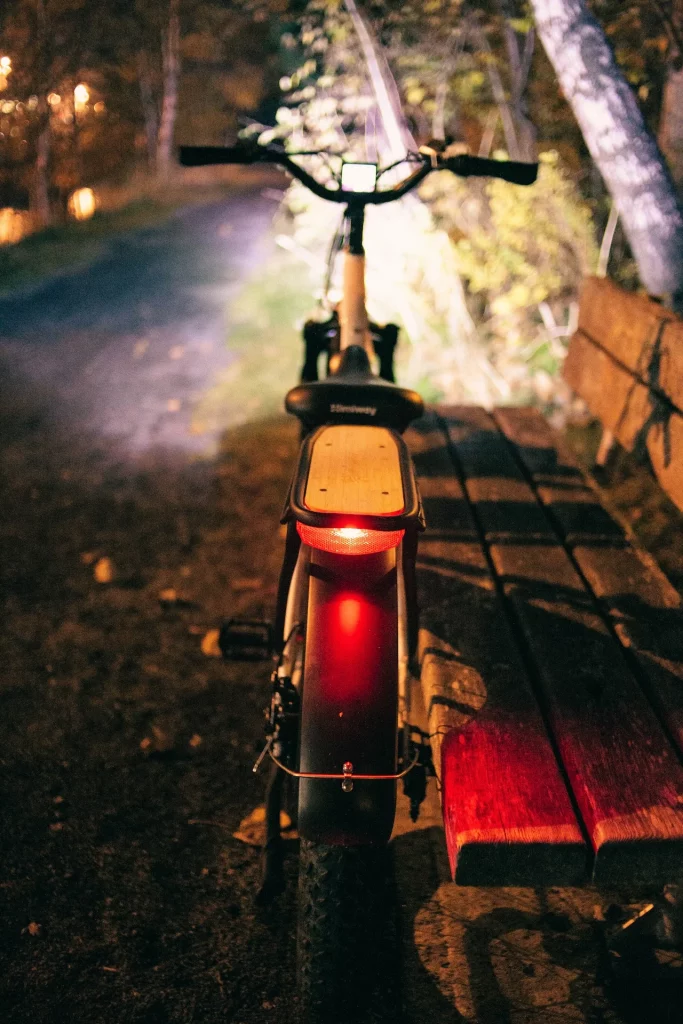Rider’s Guide to the Best Bike Lights
Table of Contents
History of Bicycle Lights
Have a look at the unique and interesting history of the of bicycle lights, and how it evolved through the centures.
Candles and Lanterns
The first bicycle lights were candles placed in lanterns attached to the front of the bicycle. These lanterns were typically made of metal and had glass panes. They were fueled by oil or gas, and had a wick that was lit to provide light. These were usually held by the rider as he or she rode the bike, making the ride a precarious one.
The main problem with these lanterns was that they didn’t provide very much light and they were quite fragile. They also required constant refilling of the fuel and maintenance. Imagine a fall that breaks the glass and spills the oil in the middle of a ride!
Acetylene

Incandescent Light
It wasn’t until the invention of the incandescent light bulb in the late 19th century that bicycle lights began to really evolve. Incandescent bulbs work by passing an electric current through a wire filament, causing it to heat up and emit light. These lights were used on bicycles for many years, particularly during the early to mid-20th century. On bicycles this light typically consisted of a bulb mounted in a reflector, which was attached to the bicycle’s frame, handlebars, or fenders. The power source for these lights was usually dry cells or other disposable batteries.
While incandescent lights provided illumination, they had some limitations. They consumed more power compared to modern LED lights, resulting in shorter battery life. Additionally, incandescent lights produced relatively dimmer light output and were more prone to filament breakage due to the vibrations experienced during cycling.
Dynamo Powered
Dynamo-powered bicycle lights were introduced in the late 19th century, around the 1870s to 1890s. The development of dynamo-powered lights coincided with the popularity of bicycles as a means of transportation. Dynamo lights, also known as generator lights, relied on a dynamo or generator attached to the bicycle’s wheel. As the wheel turned, it drove the dynamo, which generated electricity to power the lights. These early dynamo lights typically used incandescent bulbs.
The introduction of dynamo-powered lights was a significant advancement at the time, as it provided a self-sustaining lighting solution for bicycles. Riders no longer had to rely on external light sources such as lanterns or oil lamps. Instead, the motion of the bicycle itself generated the electricity needed to power the lights.
Dynamo lights remained a popular choice for bicycle lighting for several decades until the development of battery-powered lights and later LED lights, which offered greater convenience, longer battery life, and improved brightness. However, dynamo lights are still used today, particularly in certain cycling disciplines like touring and commuting, where riders prefer a reliable and self-sustaining lighting system.

Halogen Lights
LED Lights and its variations
The development of light-emitting diodes (LEDs) revolutionized bicycle lighting. LEDs are small, energy-efficient, and provide bright illumination. LED lights started replacing traditional incandescent bulbs in the late 20th century, offering longer battery life and increased visibility, with various charging mechanisms and variations in uses.
USB Rechargeable Lights: USB rechargeable lights have gained popularity due to their convenience. These lights feature built-in rechargeable batteries that can be easily charged using a USB cable connected to a power source. USB rechargeable lights eliminate the need for disposable batteries, offering a more sustainable solution.
Smart Lights: Recent advancements have introduced smart features to bicycle lights. Smart lights can be connected to smartphones or other devices via Bluetooth or Wi-Fi. They often include features like automatic brightness adjustment, turn signals, and connectivity with cycling apps to provide additional safety and functionality.
High-Visibility Lights: In recent years, high-visibility lights have become popular. These lights utilize powerful LEDs to emit extremely bright light, making cyclists more visible to other road users, especially in low-light conditions. High-visibility lights often offer various light modes, including flashing patterns, to attract attention and enhance safety.
Integrated Lights: Bicycle manufacturers began integrating lights into the design of the bikes. These lights are often built into the frame, handlebars, or seat post, providing a sleek and streamlined appearance. Integrated lights are typically battery-powered or rechargeable via USB.
Lights on helmets: Advancements in LED and battery technologies has led to the helmet based lights as another option for bike riders.
Battery Technology
How to Choose a Bike LIght
Choosing bike lights depends on several factors, including the type of riding you do, and the conditions you typically ride in. Here are some key considerations to help you choose the right bike lights:
- Brightness: Look for lights that offer sufficient brightness to make you visible to others and illuminate the road ahead. The brightness of a light is measured in lumens. Rear lights usually range from 20 to 100 lumens, while front lights can range from 100 to 1000+ lumens.
- Beam pattern: Consider the beam pattern of the light. Some lights have a focused beam that helps you see far ahead, while others have a wider beam that increases visibility from the sides. For urban riding, a light with a wider beam is usually more suitable.
To makes sure that the brightness and beam pattern do blind the person coming towards you in the other direction, adjust the angle and make it pointed towards the ground.
- Mounting options: Check if the lights come with suitable mounting options for your bike. Most lights offer versatile mounting systems that can be attached to handlebars, seat posts, helmets, or clothing. Ensure the mounting mechanism is secure for your type of riding.
- Battery life and charging: Evaluate the battery life of the lights. Longer battery life is essential for longer rides or commutes. Consider whether the lights use replaceable batteries or are rechargeable via USB. Rechargeable lights are generally more convenient and cost-effective in the long run.

5. Modes and settings: Look for lights that offer different lighting modes and settings. Common modes include steady, flashing, and pulsing. Multiple modes can help you adjust the light intensity based on your surroundings and conserve battery life when needed.
6. Durability and weather resistance: Ensure the lights are durable and weather-resistant to withstand various conditions. Look for lights with an IPX rating, which indicates their level of water and dust resistance.
7. Visibility: Consider lights with additional visibility features like side illumination or reflectors that enhance your visibility to other road users from different angles.
8. Budget: Set a budget for your bike lights, as prices can vary significantly. While it’s important to invest in quality lights for safety, you can find options that fit various budgets.
9. Reviews and recommendations: Read reviews and seek recommendations from other cyclists to get an idea of the reliability, performance, and features of different bike lights. Cycling forums, online retailers, and local bike shops are great sources for information.
Remember, it’s generally recommended to have both front and rear lights for optimal visibility and safety while riding.
Lights for All Types of Riding
– The Garmin Varia RTL515 smart bike tail light is another excellent choice, with an array of safety features like auto brake lights, daylight visibility and a built-in radar system providing real-time traffic behind you.
Brightening your Path Forward
From its primitive start with candles, and now with lights as bright as the sun (not quite, but pretty bright and powerful), the bike lights have come a long way through the centuries. Now there are a variety of options available, so it’s important to choose the right light for your needs. Consider the type of riding you do, the conditions you ride in, and your budget when choosing a light.




